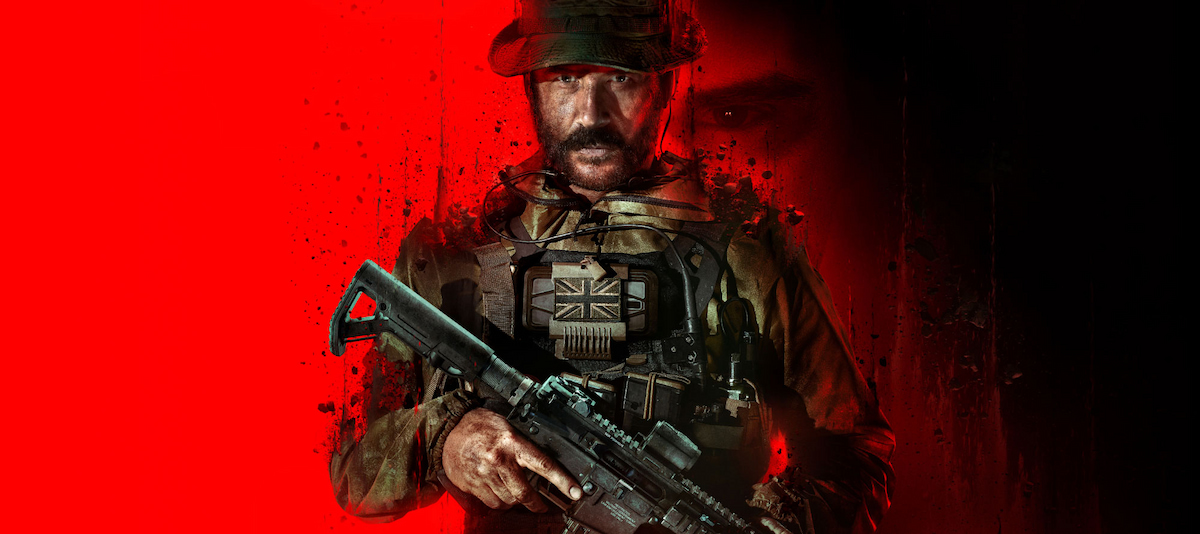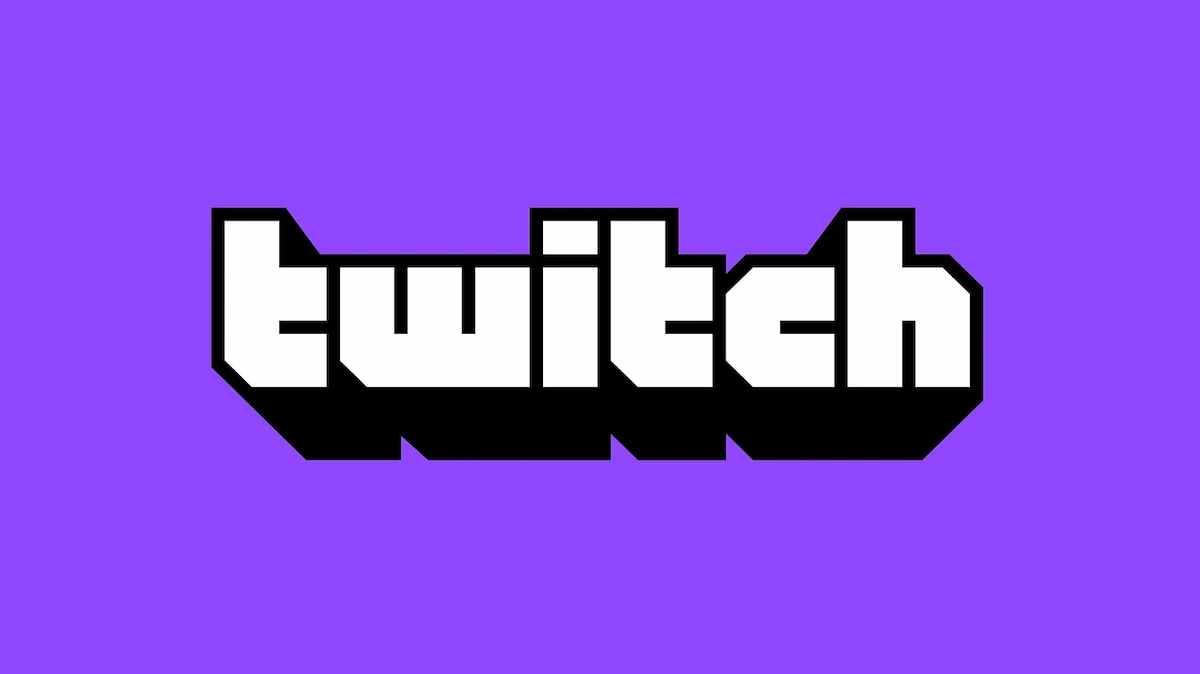Earlier in the summer, longtime gaming hardware company RIG joined up with NACON, and put their resources together for a new line of headsets and controllers engineered with competitive play in mind. The controller, the PRO Compact, is especially notable because it’s the first of its kind to come with a built-in Dolby Atmos license.
I’ve been using both of these peripherals for a while, and have been gearing up to write up some coverage. But as kind of a competitive outsider, I wanted to learn more about what sets these items apart in the eyes of their creators. After firing off some questions (some of which exposed my blind spot pretty clearly!), I received some answers from RIG executive Peter Petrides.
Related: Videogames’ Stuff and Things: FlexiSpot’s Ergonomic Gaming Desk
The interview covers the controller, the headset and RIG’s approach to this space in general. If you’re curious about what goes on behind not just games, but game equipment, here’s some high level insight. Check it out:
RIG Pro Compact Controller

Lucas White, Prima Games: Can you talk about the professional logic behind the controller’s shape? For example it isn’t just smaller – it’s shaped in a way that alters how I hold it compared to “normal” pads. What kinds of pro preferences does the Pro Compact cater to and why?
Peter Petrides – VP of Global Sales & Marketing, RIG: We set out to design a controller that is perfect in size and configuration for the upcoming pro gamer who puts in long practice sessions but finds first party and other elite controllers to be uncomfortable. The reason for the specific shape and dimensions is purely based on testing a variety of different designs with pro players to find what suited best for long term use. Nacon has sold over a million compact controllers for PlayStation and has perfected the design and quality over the years. Now, the PRO Compact adds elite features and brings the compact form factor to Xbox.
Can you tell us about the deal for Dolby Atmos? Having a premium software license built in is pretty wild. Was this an initial goal or did the opportunity come later?
Petrides: It really is a celebration of a great relationship. RIG has had a long partnership with Dolby and was the first to offer Atmos in our headsets. The benefit of 3D Audio delivered by Atmos is clear for competitive gamers and, as an audio-forward brand, it seemed fitting that we offer an audio solution like Dolby Atmos to our first ever controller.
What are the pros and cons of marketing to professionals? How does your company take advantage of the pros, and work around/through/with the cons?
Petrides: Our focus isn’t really to market to professionals. We focus on developing next generation gear for gamers that is going to improve their performance and that very much aligns with what professional gamers need. But to your point, professionals are a demanding audience and we have learned to be patient with product development understanding it may take years to perfect a solution. In the case of the Commander Pro, which is used across many esports tournaments globally, it began with finding a way to help gamers maintain their focus and communicate clearly while being surrounded by thousands of screaming fans.
With the app that can be used to fine-tune the settings, was there any problem with too much customization in the competitive arena? Is that even a concern in esports?
Petrides: The Pro Compact companion app allows gamers to customize their controller to suit their own playstyle. Being able to program buttons, adjust trigger and thumb stick sensitivity does give you a competitive advantage. But most tournaments have rules in terms of what they allow you to use which evens the playing field for all competitors.
Generally I associate esports with partnerships, brand deals, licensing, so on and so forth. How does RIG get the Pro Compact in player’s hands and on broadcast events? Are there existing partnerships with any specific teams or organizations? If not, how does getting established in that space work?
Petrides: A lot of what you see on stage and in the hands of pros is about marketing deals and licensing. The success of the RIG Commander Pro, our only professional solution, lies in that it is the best solution for live-event and tournament gaming…period. We do not participate in licensing deals. Tournaments use RIG because it works. We do, however, provide those headsets as loaners. The benefit to us is that we get access to pro players and competitive events. That is where we learn about what works and doesn’t for pro players.
To be clear, the PRO Compact is a consumer product. As mentioned earlier, our goal is to develop products that provide gamers with tangible benefits as opposed to purely design or decorative enhancements. Having this clear goal in mind from the outset means we’re always putting the player first, no matter what level they may be at.
We currently don’t have any partnerships in place, tournament organisers choose to use our Commander Pro based on its performance and reliability.
What are some cool, but perhaps less obvious aspects of the Pro Compact the folks who made it are proud of and hope to see noticed?
Petrides: Great question! There are so many features to talk about, but I think there are two that stand out to me. The first is the extremely generous 3-meter braided cable that comes with the Pro Compact. It’s really durable and very long which means that it can cater to just about any gaming setup. In addition to this, the high grip surfaces that you’ll notice on both the back of the Pro Compact as well as the thumb sticks are great for giving gamers more control.
Headset RIG 500 Pro Gen 2

One of the big points during Nacon’s presentation was minimizing the number of parts comprising headsets. Can you tell us about the context/value/benefits of that approach?
We took inspiration from sports equipment, including motor sports, where more parts equate to more points of potential failure. Our goal was to create gaming gear that has all of those advantages and also delivers on comfort. Our team identified that the best way to do this was to have a single piece headband with a self-adjusting head strap and our signature small, medium large fit adjustments that have been part of the RIG modular system for many years. Having fewer parts means our headsets are incredibly light and also incredibly durable.
What makes a headset a professional-grade headset? Much like the controller, what’s the professional logic RIG utilizes for creating these products?
Petrides: This also comes back to designing gear that provides gamers with tangible benefits to help them improve their performance. We design products for competitive gamers, which could be a pro player, but it could also be an aspiring pro player. We view it as we’re the brand that supports any competitive gamer who plays and wants to win. RIG provides them with the tools they need to perform at their best.

What typically happens with headset iteration? What sort of trends have come into play, and what does RIG/Nacon do to keep up with movement?
Petrides: We keep an eye on the latest materials and how they can add to the durability of our products all the time. We also learn from product returns and user feedback to add new features or address reliability issues. We are always looking to improve the comfort and and sound of our audio products. We also work with our platform partners to plan upgrades to components for compatibility and to take advantage of new platform enhancements like spatial audio. Driver tuning, and enclosure upgrades are key to adding better performance, as is adding further technologies to continue to perfect the products we offer. Reliability is the key to bringing this altogether.
Is there a professional debate over wired versus Bluetooth? Or is it more personal preference?
Petrides: Bluetooth is an evolving technology. It was not originally designed to support real time communication and simultaneous video at the ultra-low latency required for gaming. That’s why you haven’t seen it used much in wireless gaming headsets. That is changing and we think you’ll see more Bluetooth headsets, especially combined with other technologies, developed for gaming. Then, it will be more of a personal preference. Currently, we opt for a proprietary 2.4GHz radio format that connects via a dedicated wireless USB adaptor where we have ultimate control over the performance to lower latency and minimize interference.
Does presenting these products as professional-oriented have an impact on more casual gamers as potential customers? Considering these are being sold retail, what’s the approach for the more general market here?
Petrides: Our audience isn’t limited to pro gamers. It’s actually competitive gamers. Any gamer who wants to play and win. It could be at a pro level, but it could also be at a casual level where you want bragging rights over your friends.
Further Questions

What sort of games or media do these products get tested on during development? Is it mostly esports titles, or anything that might be weird or surprising? Or, well, is that even a part of it?
Petrides: Of course. All genres of gaming are used during the testing phases of our products. This is to ensure the best reliability and performance.
What does looking forward to the next project look like? What sort of feedback or data gets collected and paid particular attention to? Is there a general rule for how long you wait between products or is it all based on what happens in the gaming world?
Petrides: We constantly look at the world of gaming, how it evolves, how the games evolve, and what trends are. This, along with a mix of technologies that we either create or borrow from other categories, help us in developing next generation gear for pro gamers, esports player and live streamers.
What can you tell me about the [NACON] snake icon?
Petrides: The team wanted a name and symbol that represented strength, wisdom and power. This is how they landed on the name Nacon, after the Mayan god of War Nakon. The serpent was chosen as it is a universal symbol for wisdom and power used across many cultures including Mayan and Aztec.
Thanks again to NACON and RIG for the opportunity to check out their new tech, and to Mr. Petrides for taking the time to answer our questions. Also, you know, thanks for sending these bad boys over for some hands-on coverage. We’ll have that soon, but we wanted to get this interview out first. Stay tuned for what I thought of these peripherals after spending some quality gaming time with them!




